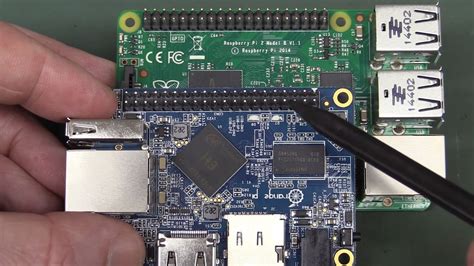In the realm of small computing devices, the Raspberry Pi has long been the darling of hobbyists, educators, and developers alike. The advent of the Raspberry Pi 5 has brought renewed enthusiasm, but it’s also ignited a debate. With second-hand mini PCs becoming more affordable and accessible, are they superior alternatives? This platform showdown reveals not just technological preferences but underlying philosophies regarding computing power, flexibility, and utility.
One of the most popular arguments for the Raspberry Pi 5 is its simplicity and the ecosystem of support it has built over the years. As louwrentius candidly notes, for projects like GPIO tasks or specialized software, the Pi still holds a unique advantage.
The Raspberry Pi’s lack of moving parts, like fans, makes it a robust choice for environments where dust and mechanical failure are concerns. The Pi 5, specifically, has shown to be capable enough for various IoT and small-scale server projects. Take the example of ThatPlayer using it to power a 3D printer with the camera-streamer software – a perfect blend of low power consumption and specialized application.
Nevertheless, many commenters highlight an emerging spectrum of second-hand mini PCs that challenge the Pi’s supremacy. These machines, often powered by Intel or AMD processors, boast full x86 compatibility, allowing broader software compatibility and higher performance. Users like fbdab103 have found tremendous value in using these mini PCs as home servers or network devices, praising their computational power and energy efficiency.
From a cost perspective, as rat9988 notes, second-hand mini PCs are now available at prices comparable to or even lower than a fully equipped Raspberry Pi 5 setup. This financial parity changes the landscape dramatically, making mini PCs an attractive option for budget-conscious users needing more performance and versatility.
One compelling advantage of these mini PCs is their expandability. As lomereiter points out, many mini PCs come with features like dual NICs, multiple RAM slots, and substantial onboard storage, making them much more powerful for applications requiring more resources. This expandability can be crucial for users needing to run virtual machines, intensive applications like Kubernetes clusters, or even small business servers.
Interestingly, this debate also touches on the lifecycle and sustainability of computing devices. Many users appreciate the environmental and economic benefits of repurposing second-hand mini PCs, arguing that reusing existing hardware helps reduce electronic waste. These second-hand mini PCs often come from enterprise environments and are designed to be reliable, long-lasting workhorses, as shadowgovt suggests.
Ultimately, the choice between a Raspberry Pi 5 and a second-hand mini PC boils down to the specific needs of the user. If you need a fanless, ultra-compact device with excellent GPIO support, the Pi 5 is a fantastic choice, especially for educational purposes and simplistic setups. However, if performance, software compatibility, and expandability are your priorities, a second-hand mini PC, available for a bargain, might be the way to go. It’s a nuanced decision, and understanding your project requirements deeply can make all the difference.


Leave a Reply